By Marcel Vincenti
From the beaches of Varadero to the symbols of the revolution, Cuba has, in its small island territory, a huge variety of attractions that attract travelers from all over the world.
And among these postcards is a sinister-looking place that has gained the status of a tourist destination.
Read also: Check out our coverage on Cuba
It is an old prison complex called Presídio Modelo, whose story is worthy of a movie.
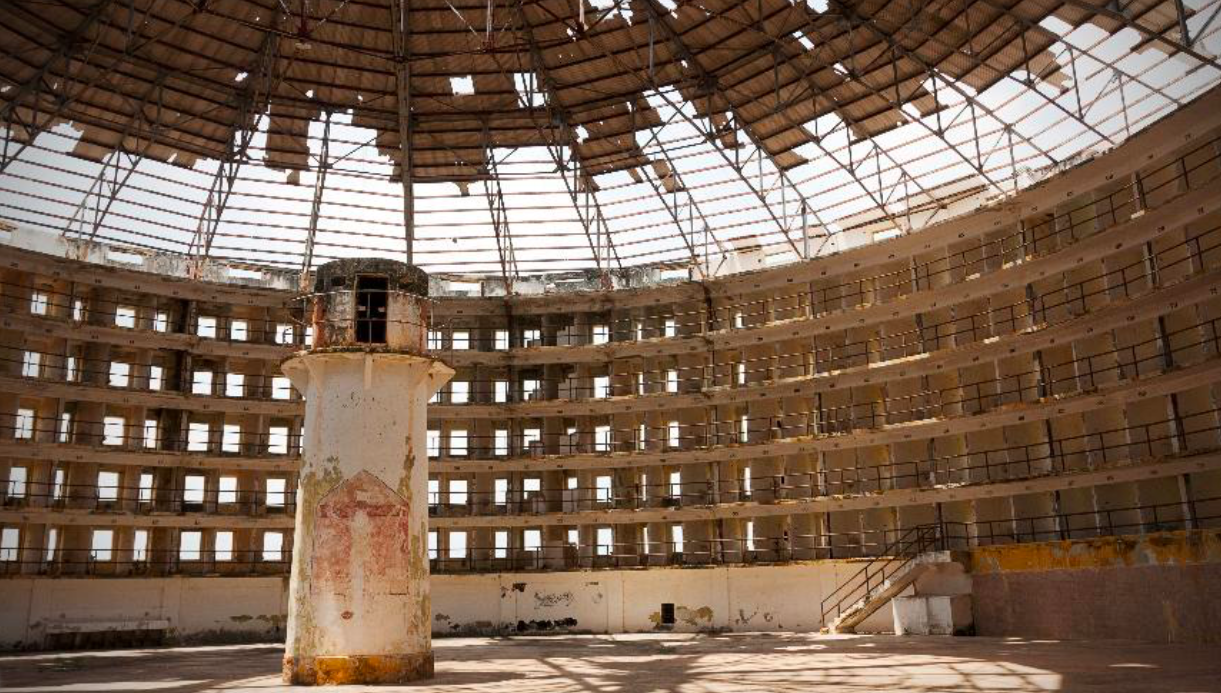
Located in an area dotted with mountains of an island called Isla de la Juventud, the prison was built in the 1920s during the regime of the authoritarian Cuban president at the time, Gerardo Machado.
Its striking circular buildings, with tiny cells arranged around surveillance towers and holding thousands of inmates, were inspired by an Illinois penitentiary, in the United States.
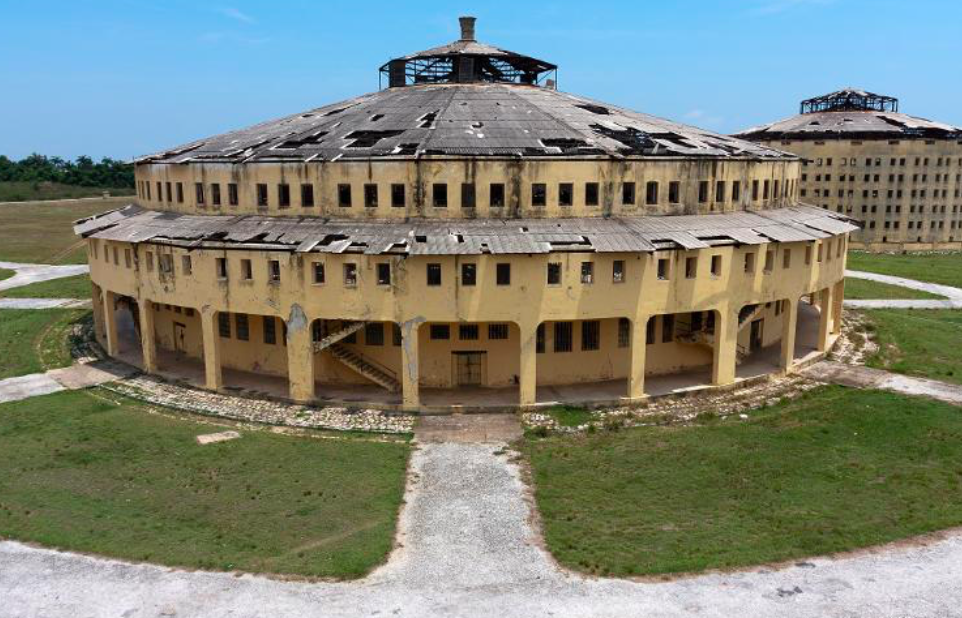
Enemies of the Machado government, which remained in power until 1933, were sent to this highly repressive environment, which allowed for uninterrupted observation of the detainees from the towers.
The political prison characteristic of the complex, in turn, survived for decades.
In 1953, a young man named Fidel Castro arrived at the Model Prison, who, with a group of fellow members of the armed struggle, had carried out an attack on the Moncada Barrack a little earlier, as part of the process of combating the dictator of the time, Fulgencio Batista.
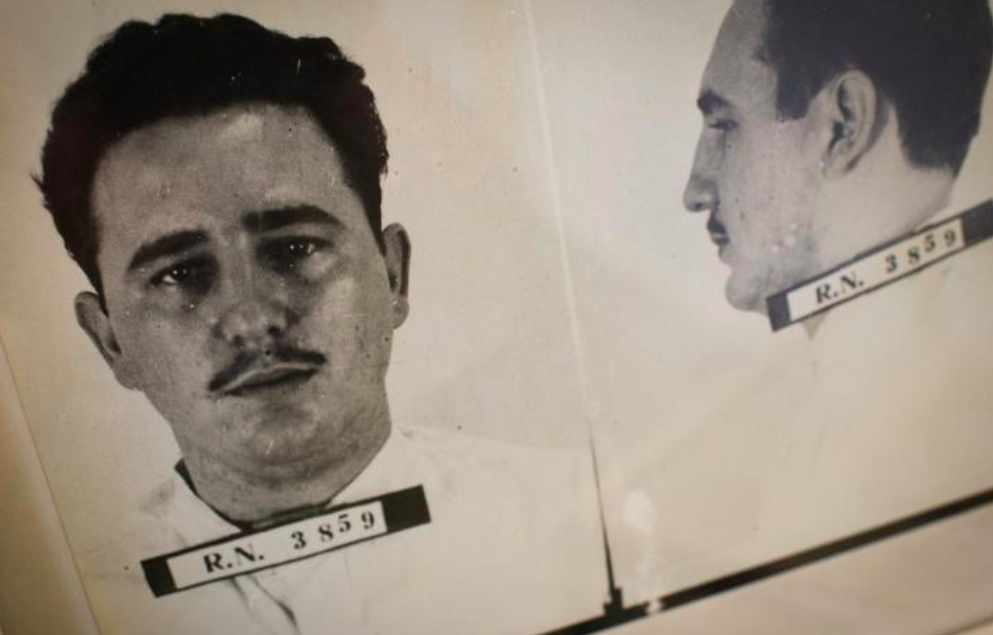
Imprisoned as a result of the action, Castro would be detained there until 1955: the story goes that, because of his notoriety, Fidel and his companions were kept separate from the other prisoners, in the pavilion where the penitentiary’s hospital operated.
FROM PRISON TO POWER
Fidel managed to come to power in Cuba in 1959. And then it was his turn to start sending political enemies to the Model Prison.
In the early 1960s, the prison reportedly reached a state of overcrowding, which led to a series of riots and hunger strikes among inmates.
A few years later, however, more precisely in 1967, the prison complex was deactivated. Over the years, as it began to deteriorate, it acquired the even scarier aspect it displays today, a mixture of a prison with an abandoned horror movie shed.
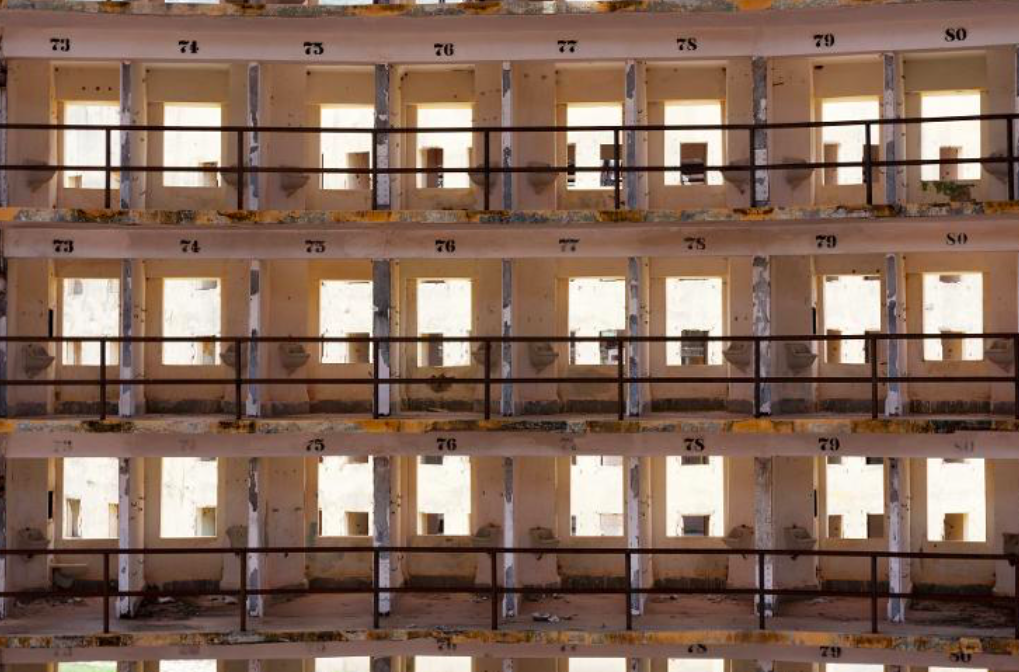
And it was with these characteristics that this monument to repression gained tourist status, being converted into a museum that houses a lot of history.
For example, the spaces where Fidel was imprisoned in the 1950s were open to visitors, as well as areas with exhibits that show the history of the prison: on a visit, you can even see that, during World War II, the Model Prison was used with the imprisonment of citizens of Axis countries (Germany, Italy and Japan) who were in Cuba during the conflict.
There are also exhibits that tell the life story of other inmates who passed through the place and who were in line with Castro.
The most impressive part of any visit, however, is entering one of the circular buildings and observing, under a sepulchral silence, its dozens of cells surrounding the sinister watchtower – which still seems to harbor eyes watching nonstop all around.
It is also shocking to enter the building of the old refectory, which could hold up to 3,000 people and was nicknamed “the refectory of 3,000 silences”, as no one was allowed to speak during meals.
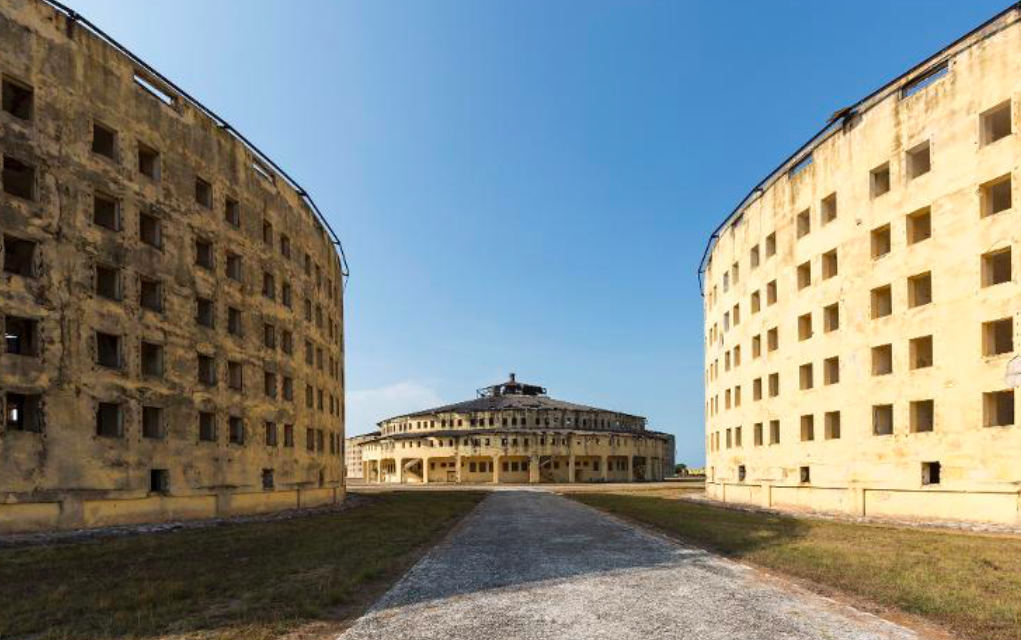
The former prison is approximately 5 kilometers from Nueva Gerona, the main town on the Isla de la Juventud. In Nueva Gerona, it is easy to find transport to the old penitentiary.
The complex usually receives tourists from 8 am to 4 pm from Tuesday to Saturday. And from 8 am to noon on Sundays. The price of the guided tour is equivalent to US$2 (price subject to change).
It is worth remembering, however, that the Model Prison has undergone extensive restoration work. Before going there, check that the works are not preventing visitors.
With information from UOL

